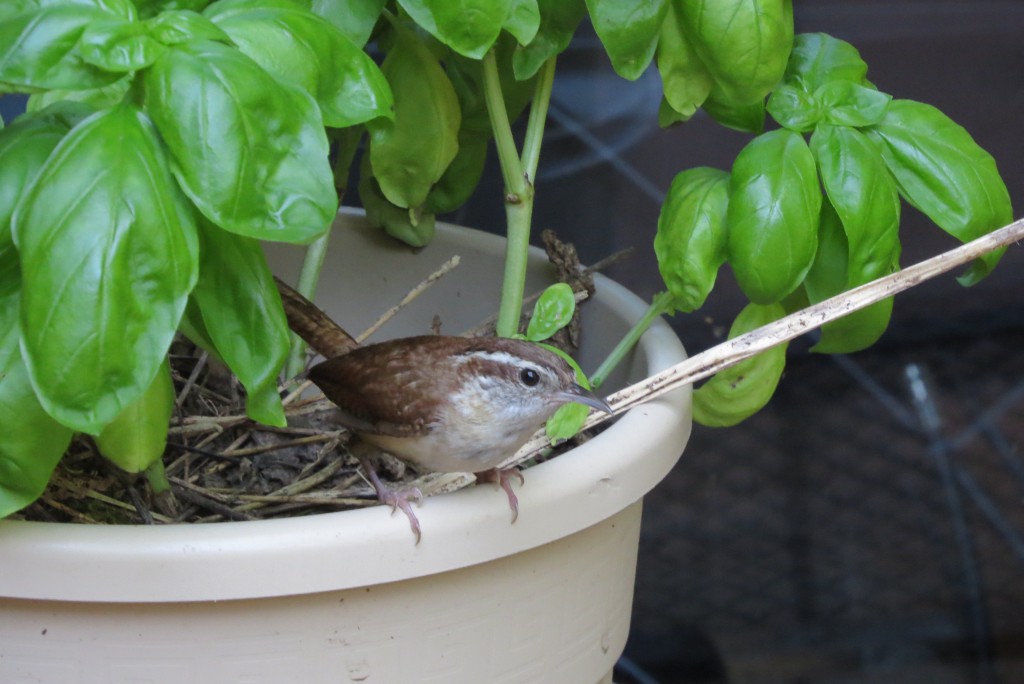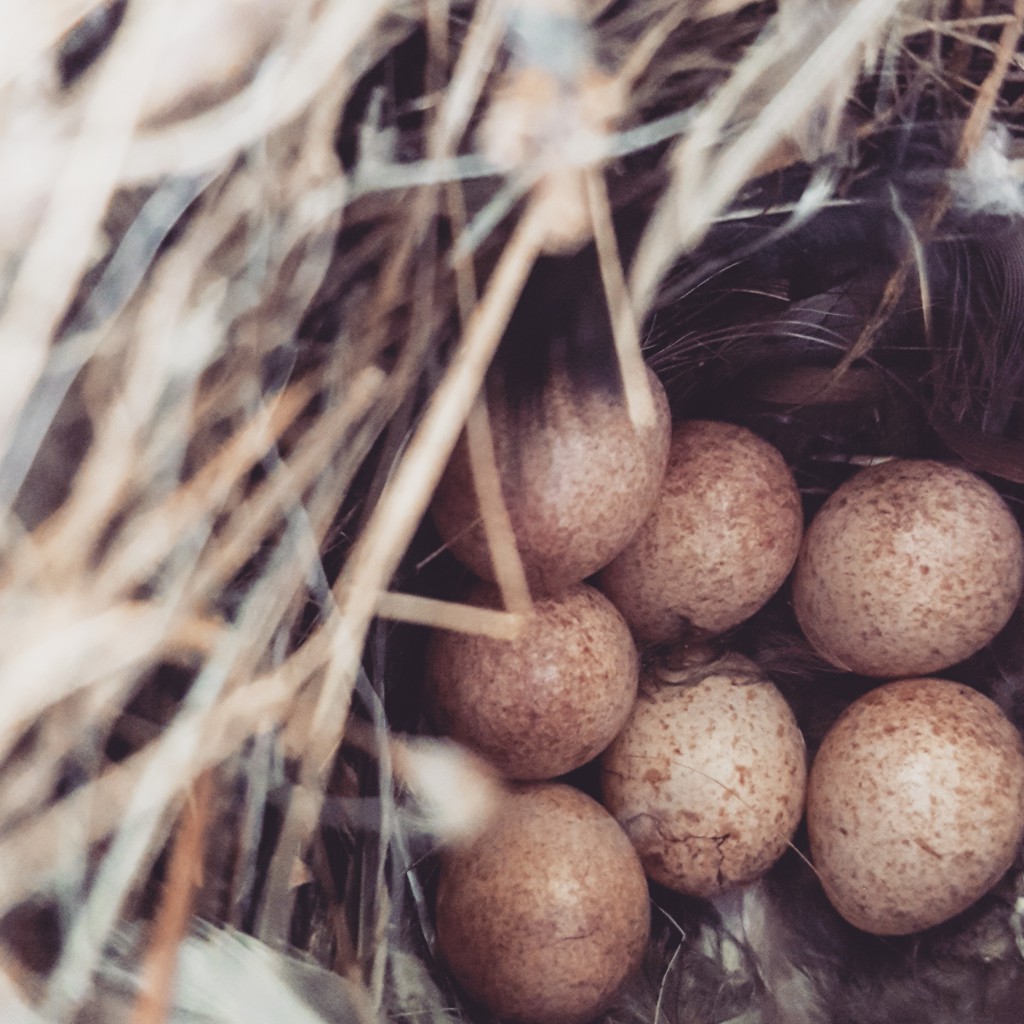Table Of Content

Behavior-wise, it’s common to see them quickly bobbing up and down. To attract House Wrens to your backyard, try hanging a nest box, as these birds will readily use them to raise their young. Please pay attention to the entrance hole’s diameter and try not to make it any larger than 1 inch in diameter.
Migration & Range Maps
Wrens are incredible birds and they inhabit many different habitats. Even though they are small, wrens are incredibly bold and don’t back down to other species that are much larger than them. All woodpeckers nest in tree cavities, but northern flickers, red-headed woodpeckers and downy woodpeckers also may take up residence in bird houses.
Do House Wrens abandon their nests?
Marsh Wrens are brown with black and white streaks on their back. Their underside is grayish brown, and they have the distinctive upright tail of the wren. House Wrens eat insects and spiders, such as beetles, caterpillars, and flies. Bewick’s Wrens live in southern and western states all year with some small movements in winter. You can print out a free bird identification photo guide for California to help you identify many of the birds that visit your backyard.
Range & Identification
In this article, we’ll answer all of these questions and more. If unable to raise young, the female will move farther out of the territory for future broods. Some of you may wish to purchase a house instead of building one yourself. Here is our current recommended style of Wren birdhouse. The plan below is a very common example of a wren house, but if you'll notice, the plan calls for a 1 by 6 by 4 inches when they mean a 1 by 6 by 4 feet, not 4 inches.
Art Lander's Outdoors: Once nearly absent in the state, the house wren now most abundant in NKY - NKyTribune - User-generated content
Art Lander's Outdoors: Once nearly absent in the state, the house wren now most abundant in NKY - NKyTribune.
Posted: Fri, 15 Sep 2023 07:00:00 GMT [source]
Choose the Right Birdhouse
Males don’t incubate, but they do remain attentive to the female and the nest during the incubation period. The male occasionally visits the nest to feed the female. The male also adds spider cocoons and egg sacs - researchers think this might be a deliberate choice to help clear the nest of mites. This ensures a safe and exclusive haven for your feathered friends, enhancing their nesting experience. It won't be long before they discover your Woodlink Wren House and embark on their remarkable journey of nest building. Wrens eat a number of things but have their preferred foods.
Song (St. Vincent)
Once they have left, the parents begin preparing the nest for the next brood of babies, as they typically have two to three broods per season. Even when wrens nest in the same spot year after year, they may build a new nest each year, or at least renovate the old one with new grasses and mosses. Wrens nearly always return to the same nesting grounds each season. As noted above, they usually migrate to warmer locations in the winter, then return to their homes in the spring.
Cactus Wrens do not have an upright tail like most wrens. Instead, they fan their tails out to show the white tips. Rock Wrens are pale brown on the back with darker flecks. They have barring on the wings and tail and are pale underneath, but with buff coloring on the lower flanks and belly. They are recorded in 1% of both summer and winter checklists for the state. Pacific Wrens can be spotted in California all year and appear in 2% of summer checklists and 1% of winter checklists for the state.

A "brown-throated" subspecies of the House Wren occurs in mountains of extreme southeastern Arizona. It has a distinct buffy eyebrow and cinnamon-buff throat and chest. House Wrens occur all the way through the Americas to southern Argentina.
Artificial nesting sites range from cavities in rotting or decaying structures to novel choices like coat pockets, tin cans, ornaments, abandoned vehicles, and machinery. In addition, nests have been found in boots, shoes, and a multitude of other small artificial cavities. Crafted with House Wrens in mind, this birdhouse is perfectly sized at 5.25"D x 5.5"W x 7.75"H, providing ample space for a whole family of these charming birds. House finches generally do not stay in a nest at night, except during the incubation and brooding period. Instead, they find an inconspicuous site in the foliage of a coniferous tree, on a cactus, or under a rock ledge. They may also sleep inside vents, hanging planters, or under roof overhangs.
House wrens search for the food they eat in a variety of habitats, including brushy areas, gardens, and suburban backyards. Interesting note, spider egg sacs are part of the makeup of the nest building. Like the American Goldfinch and Chipping Sparrow, the House Wren adapts well to suburban habitats, as long as there is ample cover including shrubs and tangles. Although its numbers remain stable, this species faces many of the same threats as less-adaptable birds. Many migrating House Wrens are killed in collisions with buildings, communications towers, and cars. As insectivores, they are also vulnerable to the direct and cumulative effects of pesticides.
Their short, strong legs mean they can cling onto rocks and even scale a vertical rocky cliff. Cactus Wrens do not migrate and are residents of California all year. They can be spotted in the south of the state and appear in 1% of summer and winter checklists.
It is more likely that they will choose a different nest for their second brood to ensure a cleaner and safer environment for their offspring. The baby wrens do not return to the nest once they leave. House Wren eggs will take 12 to 15 days of incubation before they hatch. They are monogamous during the first brood, but any second brood will probably be with another partner. Then she makes a small depression at the back of the cavity, which she lines with pine needles and grass for egg laying. Spring migrants begin arriving in late March to mid-April, with males beginning territorial claims by singing from perches.
Notice the faint or missing eye stripe that iscommon in other wrens. Unlike many other birds, House Wrens do not have brightly colored feathers or markings. Measuring 5 inches long with a plump body and ashort tail. This feeding behavior benefits the backyard gardener by reducing harmful pests. Even if no birdhouse is offered, these birds are likely to find somewhere or something to nest in around your home. The House Wren is one of the most abundant Wren species.

No comments:
Post a Comment